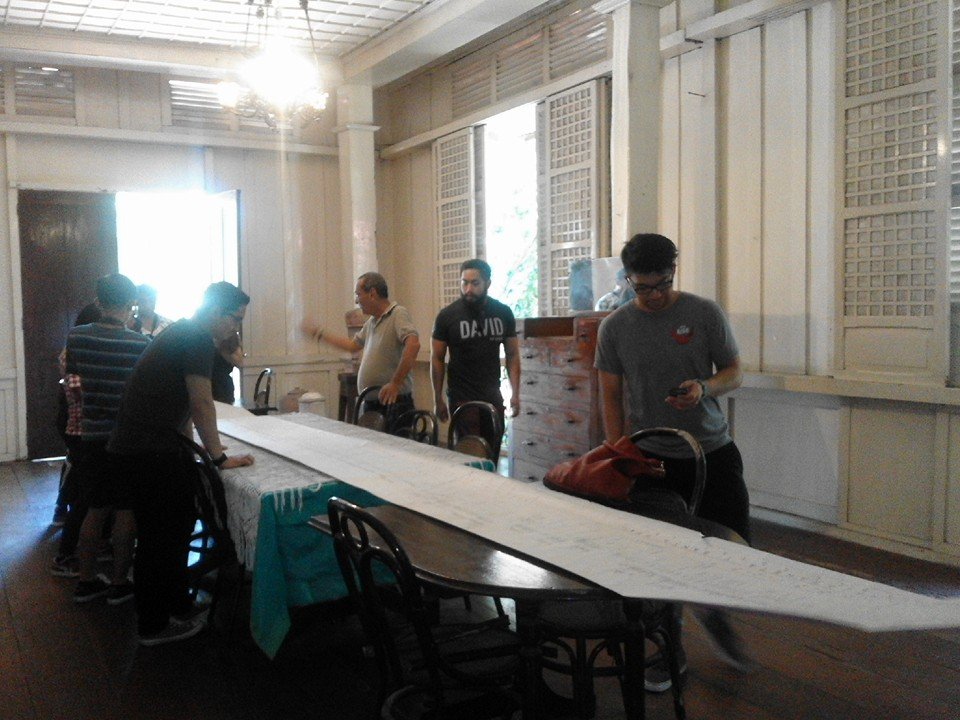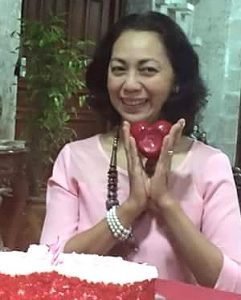Known more as the brains behind the march from Bago City towards the San Sebastian Cathedral on November 5, 1898, General Juan Anacleto Torres Araneta loved the soil as much as his country. His affinity for farming brought unexpected color to his bucolic existence.
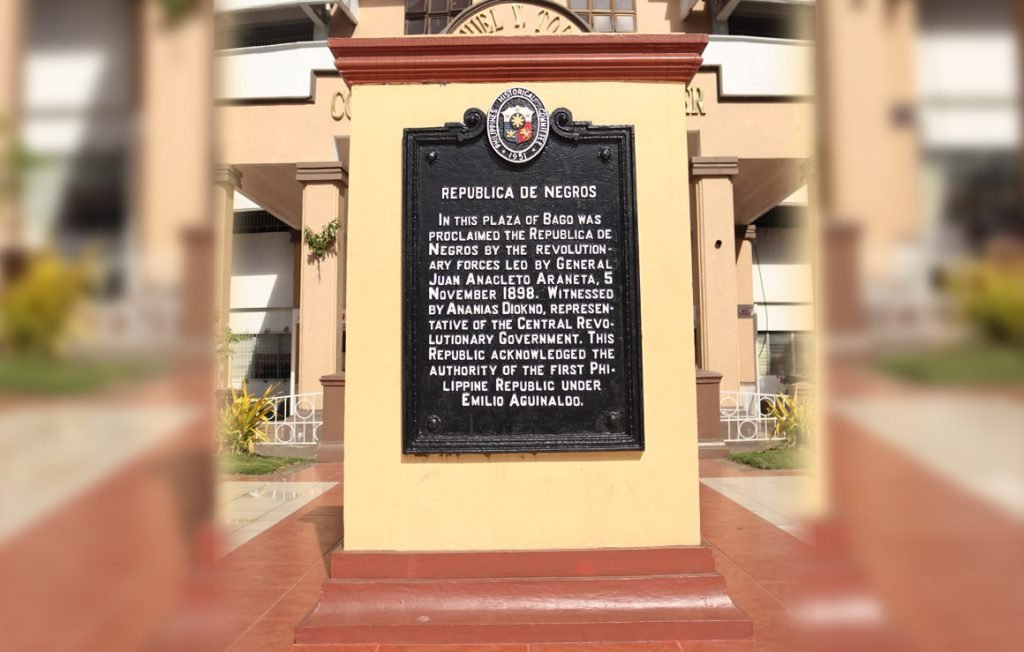
Tan Juan, as the general was fondly called, had gone into diversification of his crops when everyone else was preparing their farms for exclusively sugarcane cultivation. He grew sugarcane, coffee, abaca, rice, bamboo, and fruit trees. This action showed that he was a man who was not afraid to be different, and to think ahead. He believed in investing in gadgets and machineries which either made him a larger-then-life legendary figure among the townspeople, or got him into trouble with the Spaniards. The former gave him the reputation of having the ability to see from a great distance (he owned a telescope) while the latter made him an unfortunate target of suspicion by the authorities when his shipment of agricultural implements to Negros was thought to contain arms. This led to Tan Juan’s incarceration.

Just like fellow revolutionary hero Gen. Aniceto Lacson, Tan Juan went to study at the Ateneo Municipal in Manila where he graduated with a Perito Mercantile degree. The call of the soil lured him back to Bago where he set up a farm on borrowed capital. He eventually was able to come up with enough money to pay off the loan principal that he obtained with his land as collateral…only to have him lose his lands when the lender never appeared to accept Araneta’s payment. This heart-wrenching incident showed the indomitable spirit of our hero.
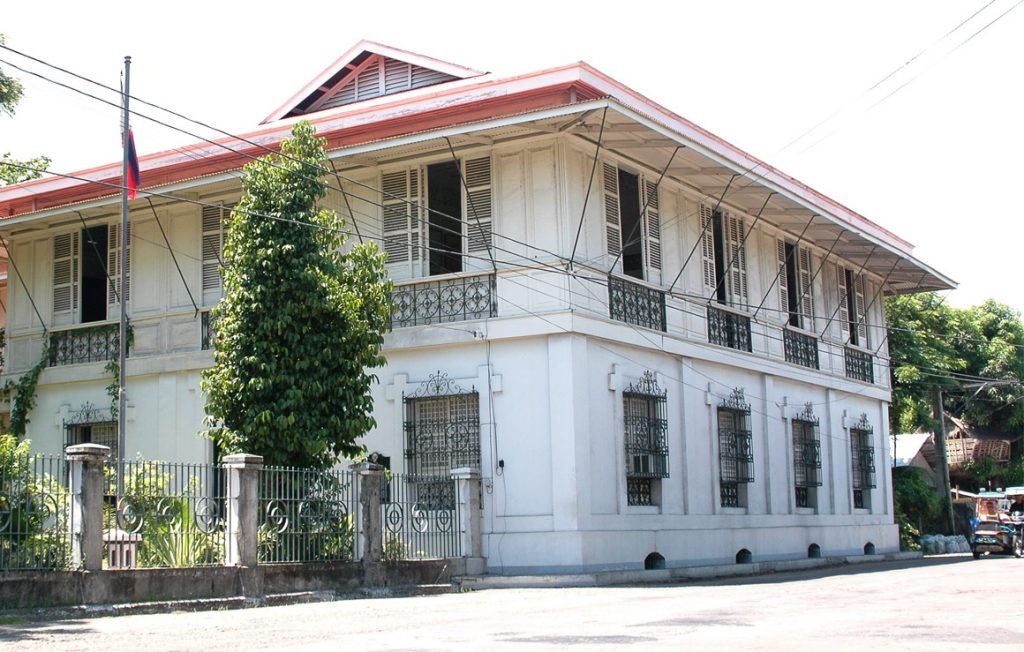
Tan Juan started anew in Ma-ao, a barrio in Bago, with his family and proved that success knows no location. His real talent as a farmer shone through – despite the aforementioned disappointment – when, in 1904, he was chosen as one of the country’s representatives to the Louisiana Purchase Exposition, or St. Louis World’s Fair in Missouri in the United States. He brought with him produce from his farms in Negros- (enumerate produce) – and his delegation won (enumerate awards).
Photographs of the St. Louis World’s Fair were downloaded from The Atlantic.


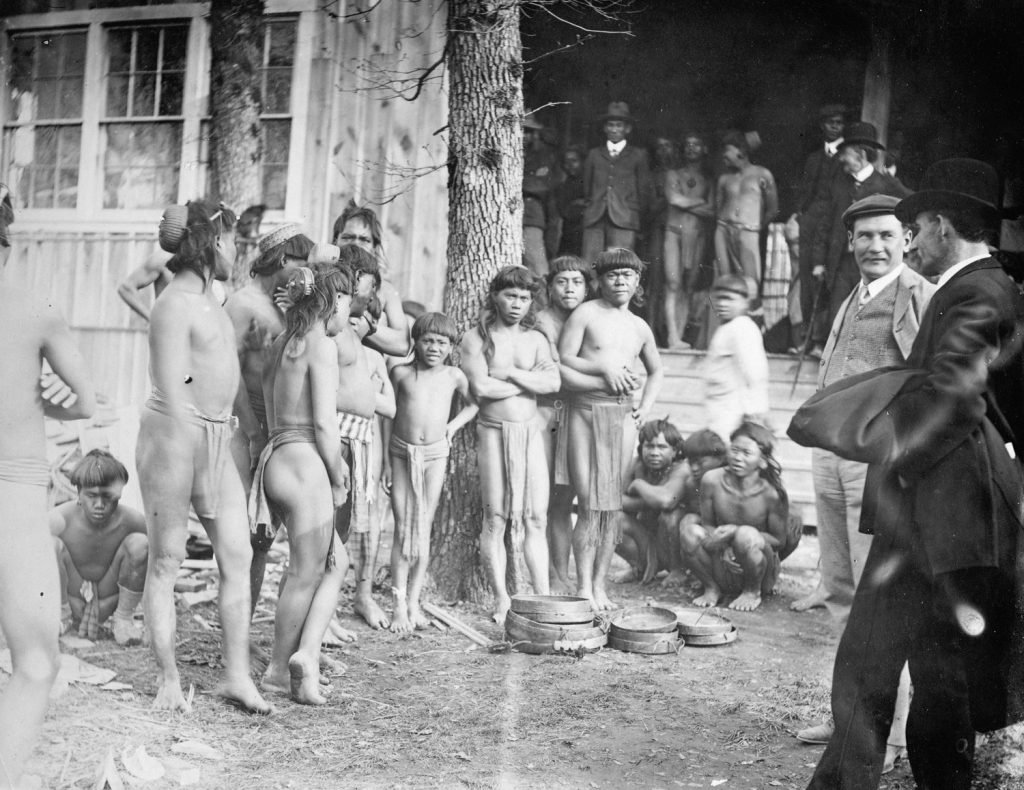
There’s no doubt that in war and in peace, as victim or victor, soldier or farmer, Gen. Juan Araneta strode into life with his full person and poured his heart into every venture. He became Secretary of War of the Negros Republic, and, in jest, the Secretary of Love (24 children by 4 women). With other partners, he established the Ma-ao Sugar Central with majority of the capital raised by taking out a loan on his haciendas. At the time of God’s harvest, Gen. Juan Anacleto Araneta’s vast landholdings was a total of 4,000 hectares.
